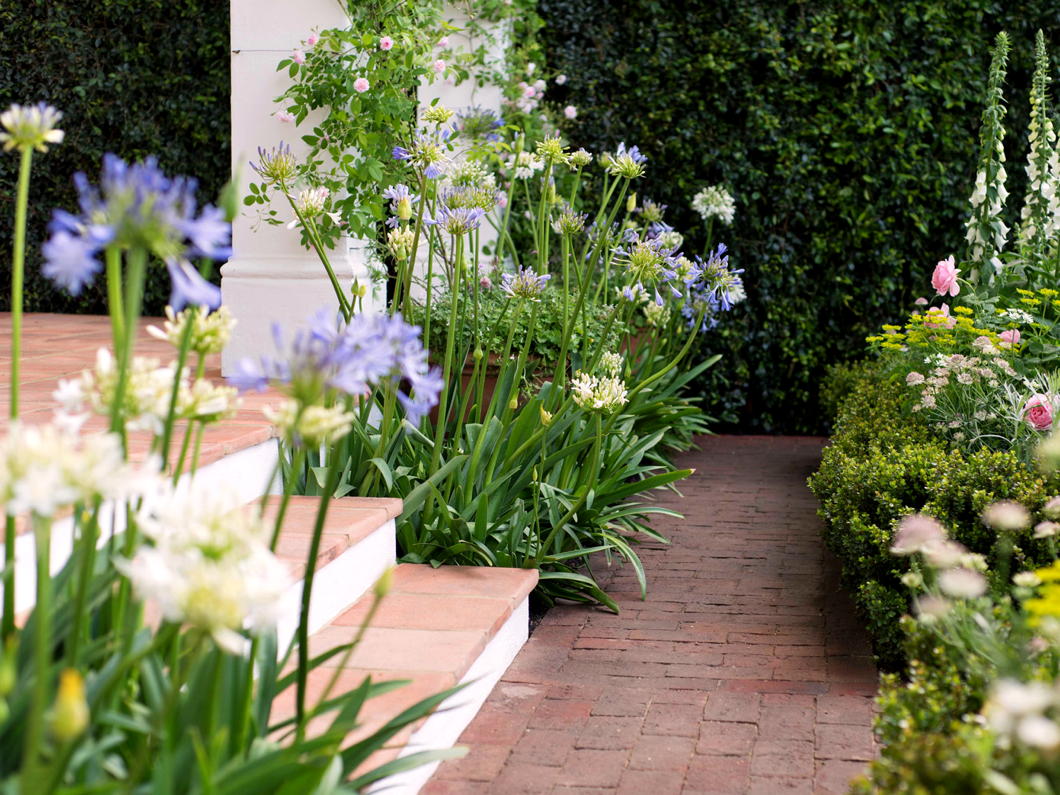2024 January
About Andrew Cusack
 Writer, web designer, etc.; born in New York; educated in Argentina, Scotland, and South Africa; now based in London.
Writer, web designer, etc.; born in New York; educated in Argentina, Scotland, and South Africa; now based in London. read more
News
Blogs
Reviews & Periodicals
Arts & Design
World
France
Mitteleuropa
Knickerbockers
Argentina
The Levant
Africa
Cape of Good Hope
Netherlands
Scandinavia
Québec
India
Muscovy
Germany
Academica
Whitechapel Library
There are precious few suitable uses for former church buildings.
At the worst end of the spectrum is nightclub, though bar or restaurant often doesn’t fall terribly far behind either. To my mind, I can hardly think of a more suitable use for an elegant and beautiful former church than to be turned into a library.
An example: the former Anglican parish church of St Philip, Stepney, in Whitechapel. Designed by Arthur Cawston, of whom I know little, it reminds me of J.L. Pearson’s Little Venice church for the eccentric “Catholic Apostolic Church”.
St Philip’s was declared redundant in 1979, at which time the neighbouring London Hospital still had its own medical school. This has since merged with that of St Bartholomew’s into “Barts and the London” or “Barts” or “BL”, under the auspices of Queen Mary University of London.
As St Philip’s sat pretty much smack dab in the middle of the campus of the London Hospital (augmented to the Royal London Hospital from 1990) and the college was surviving in cramped accommodation, it was decided to restore the fabric of the church and convert it to a library and study centre. The crypt of the church was adapted to house computer, teaching, and storage rooms as well as the museum of the Royal London Hospital.
Rather than preserve it in aspic, the medical school decided to keep this as a living building by commissioning eight new stained-glass windows to replace plain glass. They are completed along rather forthright German modernist designs and are dedicated to such themes as Gastroenterology and Molecular Biology. They will not be to everyone’s taste, but it is admirable for a medical school to commission stained glass windows at the turn of the millennium.
The Survey of London’s Whitechapel Project has a typically thorough entry on QMUL’s Whitechapel Library / the former church, including these applaudable photographs the Survey commissioned from Derek Kendall.
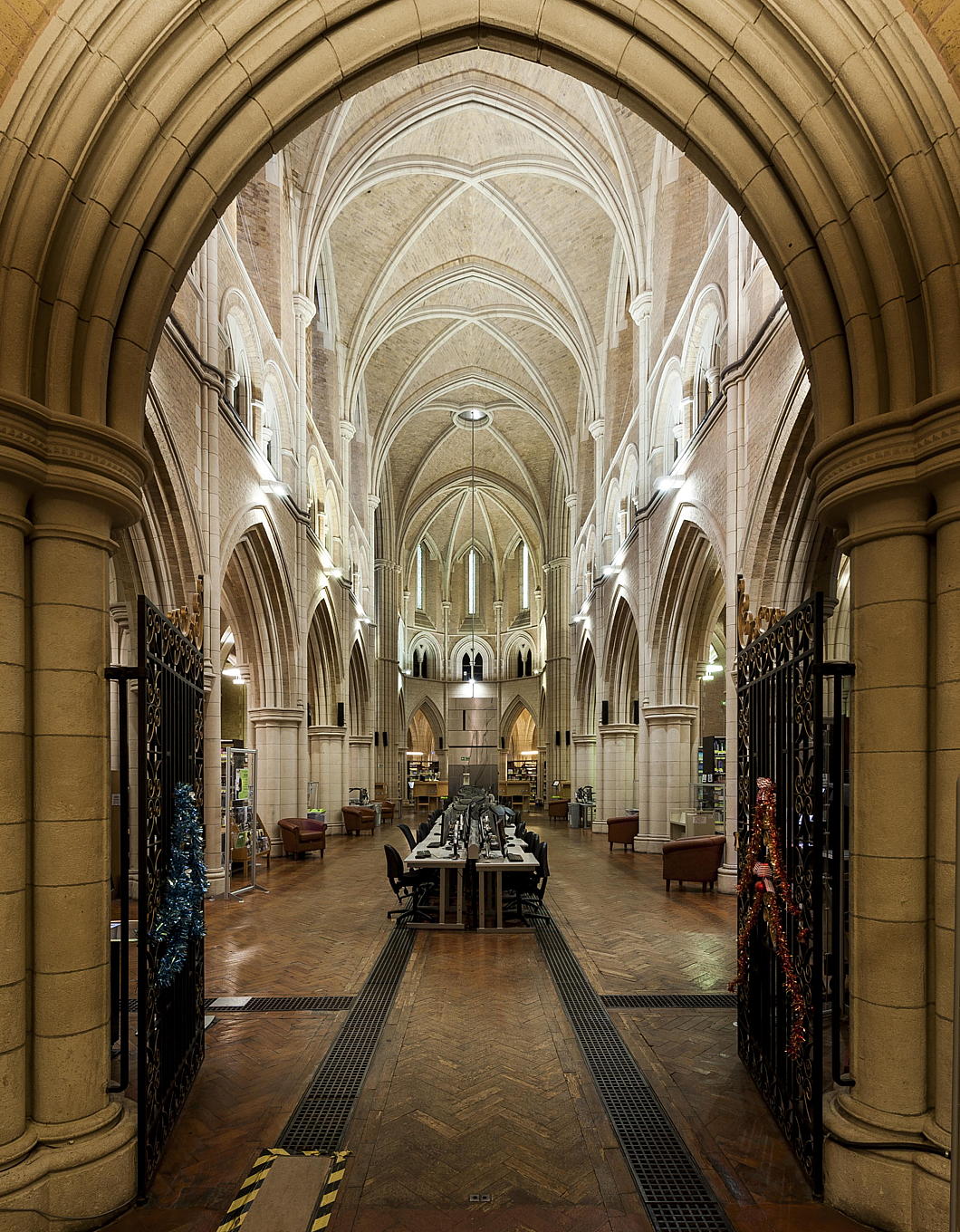
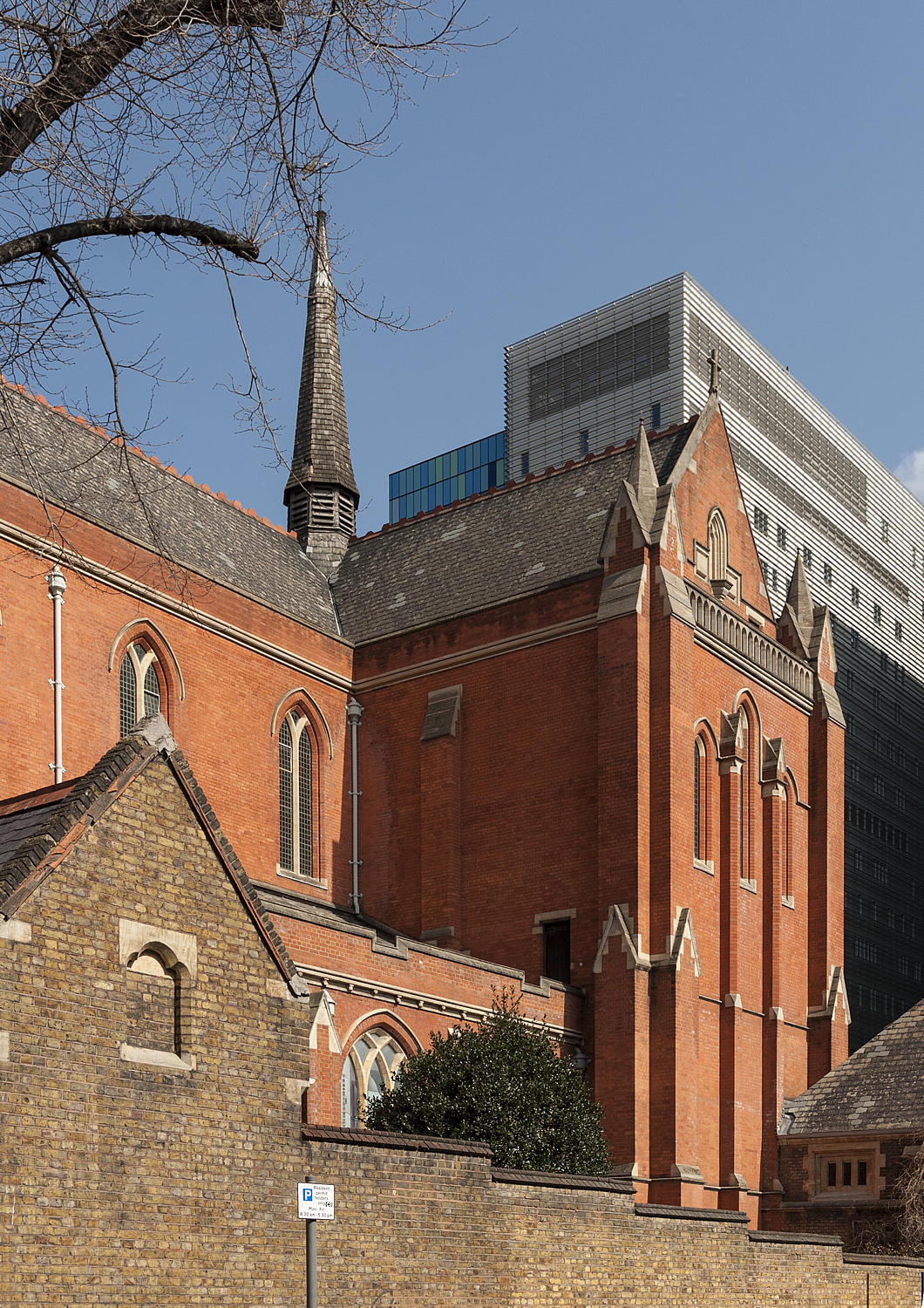
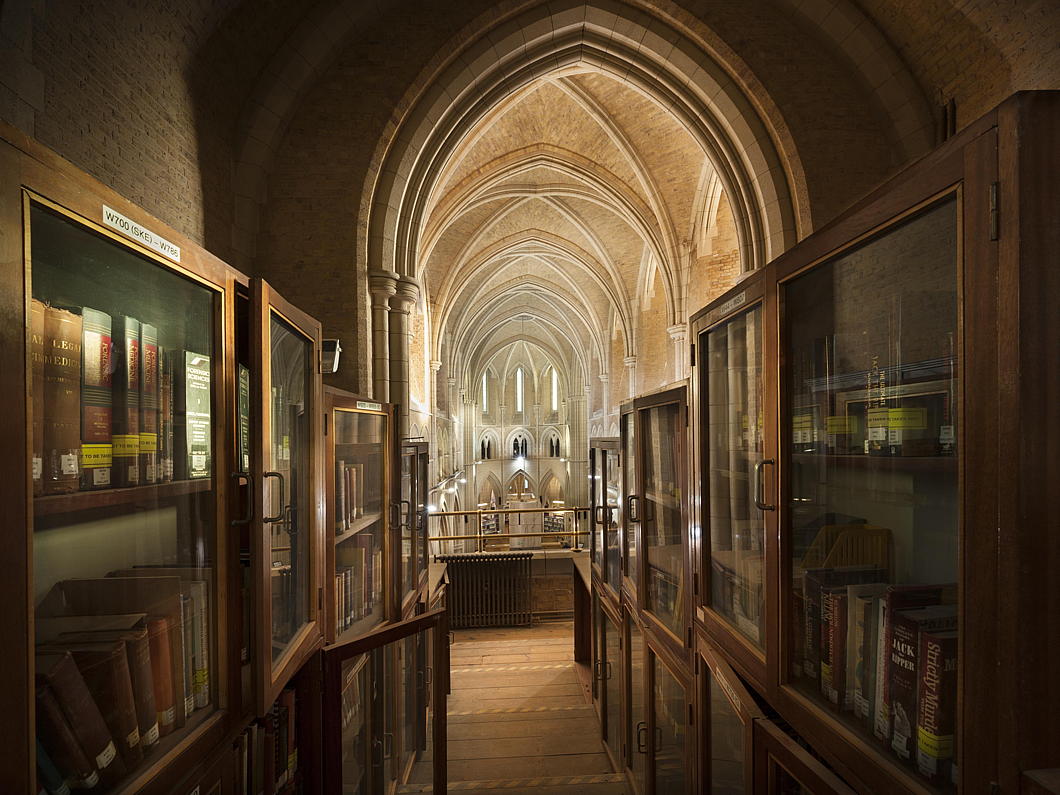
Articles of Note: 29 January 2024
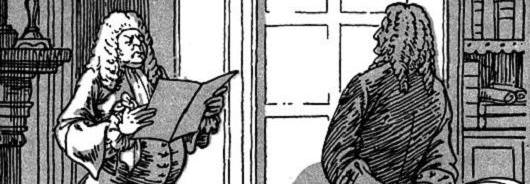
A lively Doubleyoo-Ess once took me to lunch at the New Club and, in whispered tones, pointed out a gentleman sitting at another table.
“He is the world’s leading expert on the Scots tongue,” my friend explained.
“But he was excommunicated by all the other experts on Scots when he pointed out that eighty per cent of Scots words are interchangeable with Northumbrian English.”
Scots is fascinating for its closeness to English and its distinction. Those who’ve had the pleasure of tarrying awhile in the Netherlandic world (whether in Europe, the Cape of Good Hope, or elsewhere) can detect the odd affinities to Dutch and Afrikaans — reminding you that the North Sea was once a highway, not a barrier.
Luka Ivan Jukic has written an enlightening exploration of how and why Scotland lost its tongue.
Jukic contends there are no signs of revival, which I dispute. There is a much increased interest in the use of Scots, but it feels contrived and falls somewhat flat. If you take a look at the Scots column in The National newspaper, it comes across as the ravings of a kook something akin to Anglish.
■ Amongst the many of Scotland’s joys is the pleasure of just looking at its buildings.
Witold Rybczynski pleads “Give us something to look at!” in his account of why ornament matters in architecture.
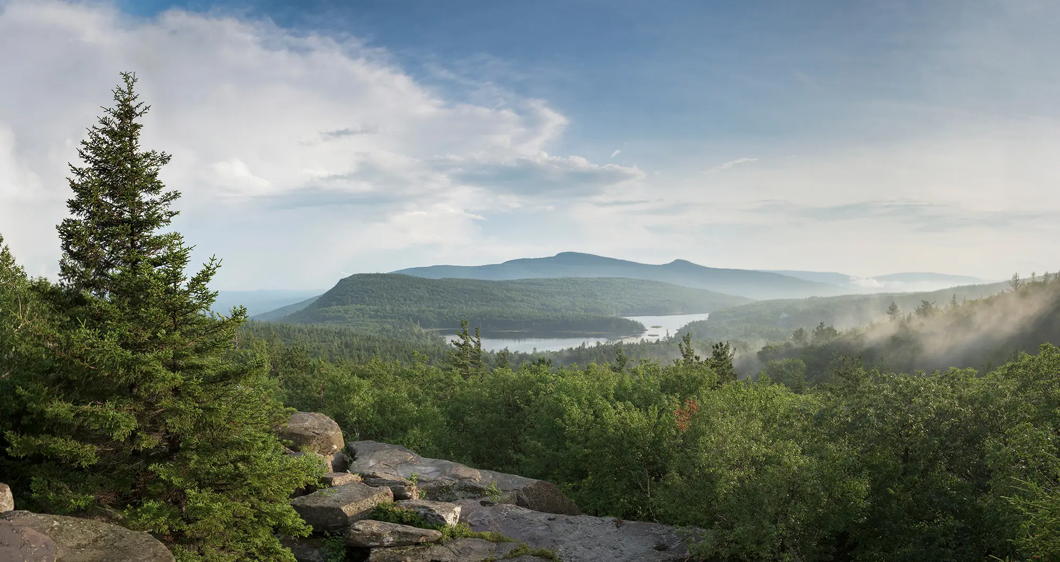
■ The New York Post — founded by Alexander Hamilton in 1801 and thus the Empire State’s oldest and most venerable newspaper — reports that the world’s oldest and most venerable forest has been discovered right in the heart of the Catskill Mountains.
This is one of the most beautiful places in America, especially when the leaves begin to turn in autumn, and features widely in the old stories transcribed by Washington Irving and others.
The name of the Catskills is believed to be from the catamounts that used to roam the woods and bergs when our Dutch forefathers of old first arrived in the valley of the Hudson. Our earliest record of it is on a map by Nicolaes Visscher père from 1656 — and pleasingly the local magazine retains the old spelling in its name of Kaatskill Life.
This fossilised forest within the Catskills is believed to date from 385 million years ago (for those who doubt the Ussher chronology — and we remain open-minded ourselves) and was discovered at the bottom of an old quarry.
■ As a precocious teenager I remember a visit to the maritime museum in Rochefort on France’s Atlantic coast that included a fascinating display of the intricacies and accomplishments of global shipping, housed in the long old ropeworks that kept France’s navy afloat in the era of sail.
It’s all been kicking off in the Red Sea, which inspired Wessie du Toit to write that the shipping container is an uncanny symbol of modern life
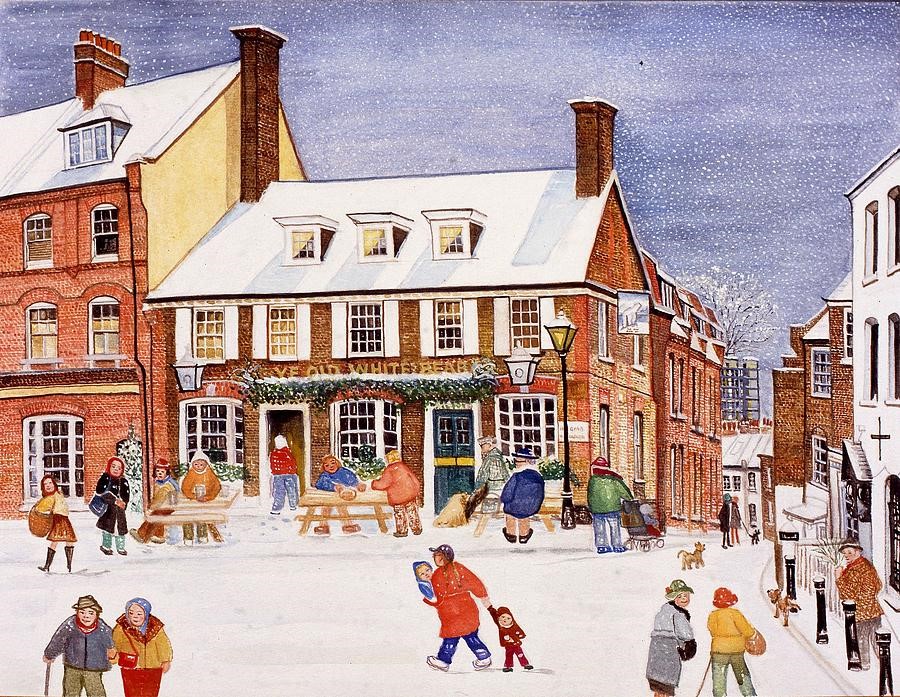
■ Some people claim there is no life outside of NW3, but as much a fan of Hampstead as I am, my first loyalty in London neighbourhoods is firmly lodged in Southwark. (Pimlico is high on the list, too.)
Many will pine for those precious late summer afternoons idly dawdling on the Heath, but Hampstead in winter has its distinct pleasures. For me, it’s curdling up with a pile of books beside the coal fire in the Old White Bear.
In the Christmas issue of The Oldie, Peter York wrote about the rise and fall of arty Hampstead.
■ One of our Hampstead mates is originally a West Country man and now finds himself even further west, studying law in California.
For a New Yorker, California is The Great Other. If not quite a rival, then certainly something we are always being compared against.
Naturally, one looks down on California, but also with a certain envy. If ever America had a golden moment when imperial might was combined with the simple goodness of life, it must have been coastal California from the 1930s to 1960s — with a hint of survival into the 1980s.
California’s decline is evident to all, though its power and influence is still vast (as the iPhone in your pocket proves). The Manhattan Institute recently devoted an entire issue to the question of Can California Be Golden Again?
I haven’t had a chance to read much of it, but I did enjoy Jordan McGillis’s article on how San Diego retains many of the qualities that once made California the envy of the world.
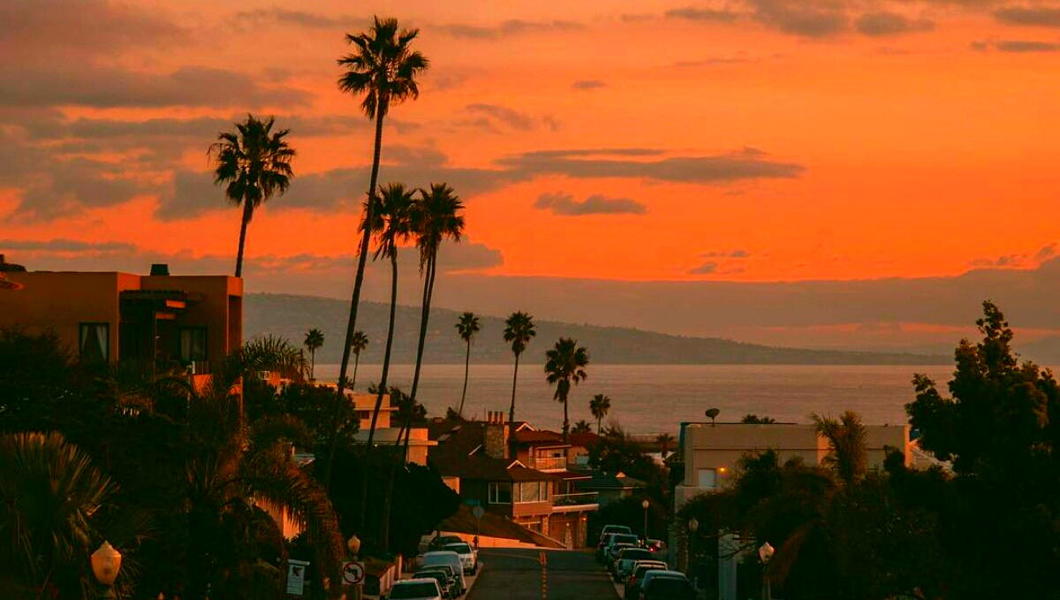
■ Peter Viereck ranks amongst the names of slightly neglected thinkers in the agora of American conservatism. Reading him always brings some insight, but I never knew much about the man himself.
Samuel Rubinstein supplies a fascinating account of the man and his thinking in Peter Viereck: Psychoanalyst of Nazism.
■ National treasure Peter Hitchens has spent his life hating the ogre Ted Heath, destroyer of worlds. I will never forgive him for what he did to England’s ancient counties and boroughs.
But Hitchens the Heath Hater, with his typically thoughtful approach, offers a reconsideration of the man.
■ All politics is local: Fred de Fossard writes about how EU-obsessed Lib Dems are ruining Bath rather than guarding one of the most precious jewels of English cities.
■ We leave you with this six-colour lithograph from the Pretoria-based artist Nina Torr entitled ‘Here we go again’ (an edition of thirty, available from the Artists’ Press):
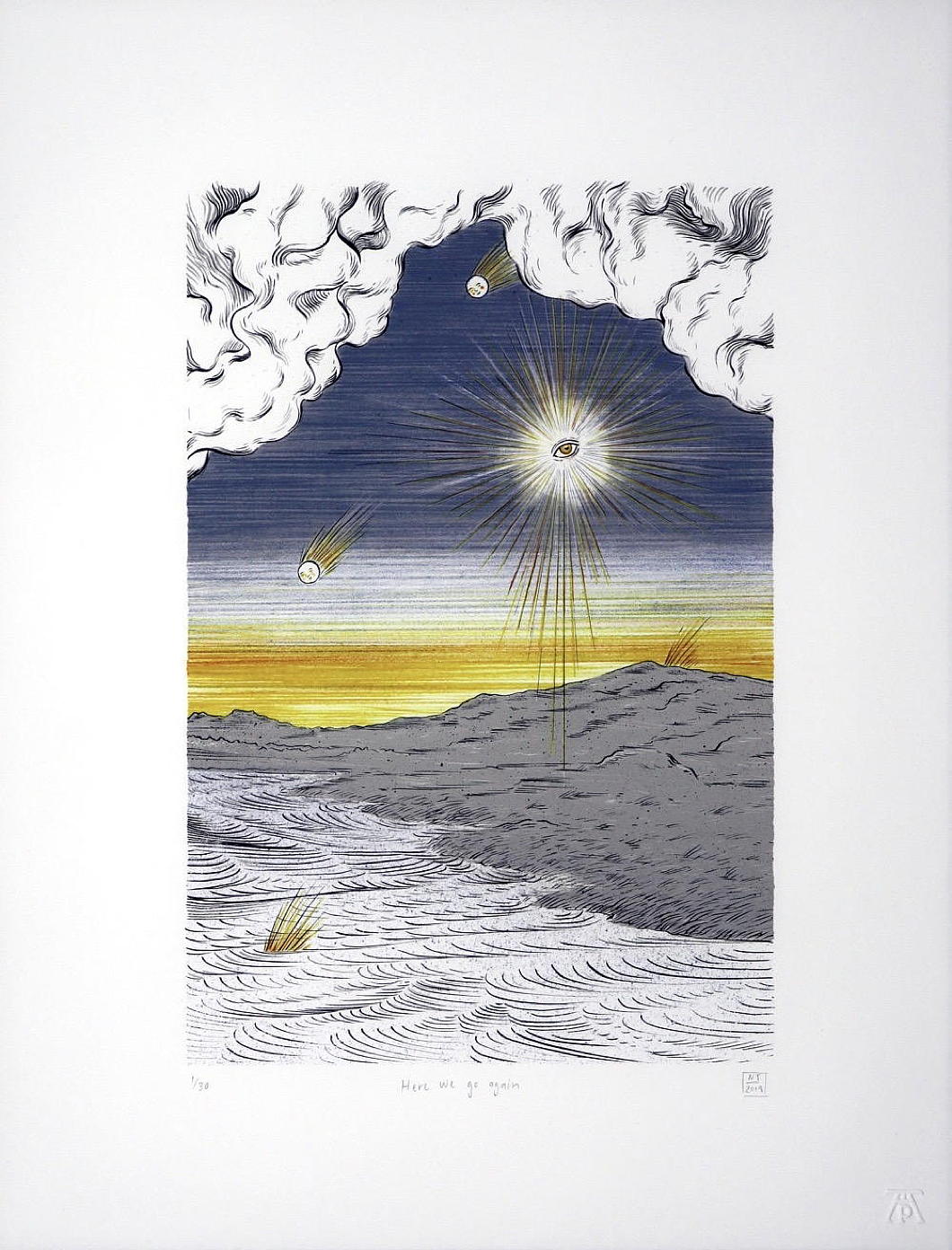
Architectural Exhibitions
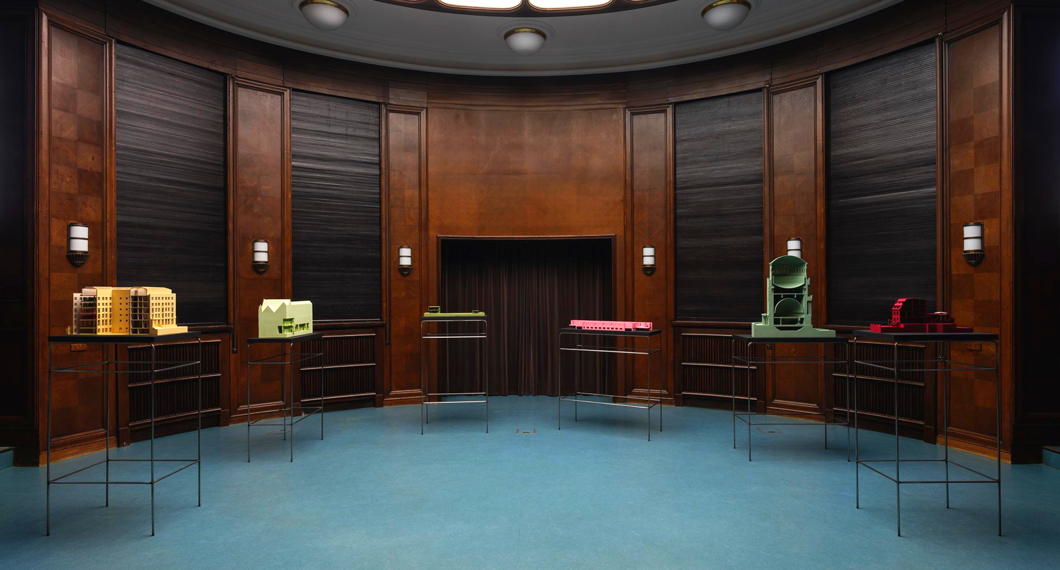
The Architecture Association is renowned as the most pedantic of training schools for the profession. Housed as it is in an immaculate set of Georgian townhouses in Bedford Square, its students are rigorously trained to avoid anything that might be beautiful, expressive of the inherited tradition of millennia, or pleasing to the human condition.
Nonetheless, I love architectural models, and the AA is having an exhibition of a handful of models of the various places in which the Warburg Institute has been housed across its peripatetic and tumultuous history until it found its thus-far permanent home in Woburn Square in Bloomsbury.
“Architecture and interiors were crucial for Aby Warburg’s interrogation of culture,” the AA opaquely tells us.
“Between 1923 and 1958, designs were commissioned for buildings, interiors, and exhibitions, as the Warburg Library and Institute moved through a series of homes, first in Hamburg and then in London,” they more helpfully inform.
“This exhibition, an itinerant archive of models and drawings that portray the seven different spaces the Warburg Institute has occupied, sheds new light on Warburg’s involvement with architecture.”
19 January 2024 to 7 March 2024
Mon-Sat, 11h00-19h00
Gallery, Architectural Association (free)
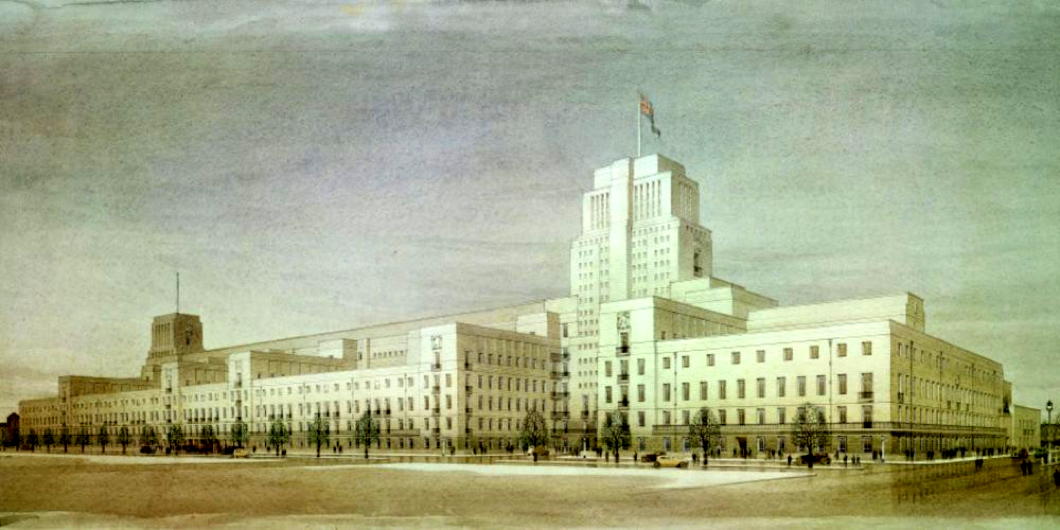
Connectedly, the University of London is hosting an exhibition looking at Charles Holden’s masterplan for that institution’s Bloomsbury campus.
This show “celebrates the architect’s vision of what a modern university could be through displays of detailed architectural models, archival documents, photo albums, and other mixed media”.
Senate House is an amazing building but I think we can be glad the full scale of its original plan — stretching all the way up towards Gordon Square — was never completed.
17 Jan 2024 to 17 March 2024
Mon-Fri, 09h00-17h00
Senate House, University of London (free)
City Hall Post Office
New York’s Lost Second Empire Gem
The Second Empire as an architectural style in America has always bad rap. The most prominent example in the New World is the Old Executive Office Building next to the White House in Washington, D.C. — formerly known as the State, War, and Navy Building after the three government departments it housed in the days of a slimmer federal state.
The OEOB was designed by Alfred B. Mullett, a Somerset-born architect who had immigrated to the United States when he was eight years old. Mullett trained as an apprentice under Isaiah Rogers who was Supervising Architect of the U.S. Treasury Department. In practice, the Treasury’s architect designed all the American federal government’s office buildings across the Union, and Mullett inherited the job in 1866.
At that time, the ever-expanding city of New York was desperately in need of a new post office, having occupied the former Middle Dutch Church since 1844. Congress approved funds for a new building, and an architectural competition attracted fifty-two entries. Instead of choosing one of the entries, five leading contenders were selected to collaborate on producing a single design.
Mullett criticised the joint design as too expensive and called in the job to his own office so that he could design the building himself.
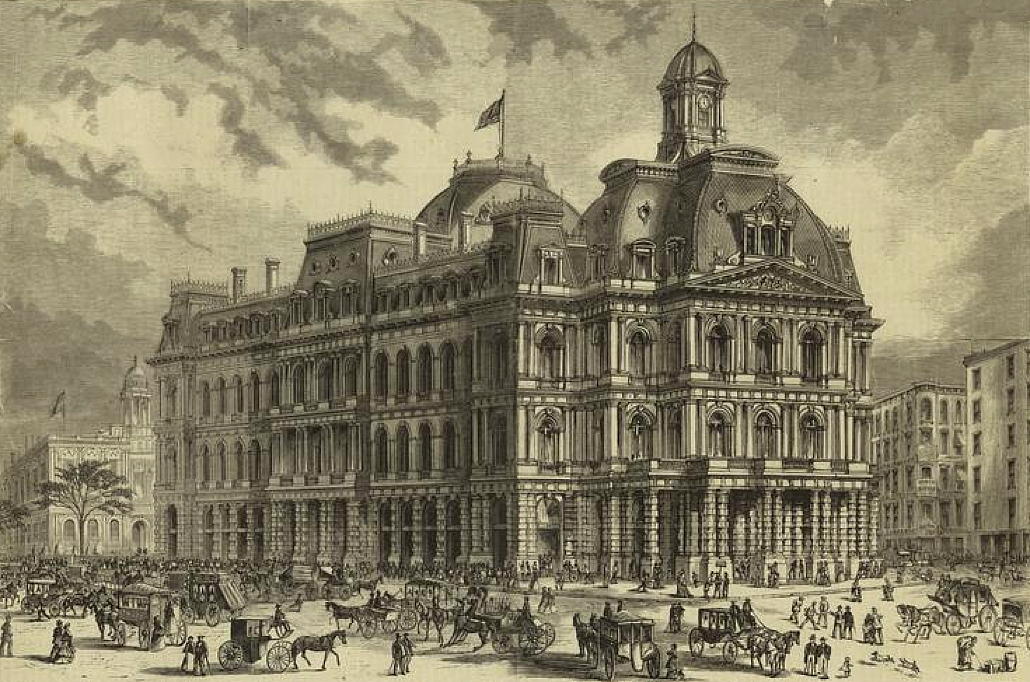
Mullett’s Second-Empire design provided for a post office open to the public on the ground floor, mail sorting rooms below it, and space for federal courtrooms as well as offices for federal agencies in the floors above the postal facilities.
The original design (above) called for only four storeys but during the design process the need for more space to serve the growing city moved Mullett to slip another floor in beneath the mansard roof. (more…)
A Cape Dutch Garden at Chelsea
Jonathan Snow at the 2018 Flower Show
I’m ashamed to say I’ve never been to the Chelsea Flower Show, the most florid event on London’s social calendar. It is a delight flâneur-ing around the neighbourhood the week of the Show as many of the pubs, restaurants, and businesses in the vicinity pull out the stops in terms of their own floral displays.
I used to live in Chelsea but escaped to Southwark and there are some delightful gardens in our vicinity. But I’ve never regretted avoiding the Chelsea Flower Show more than when I discovered Jonathan Snow’s delightful entry of a Cape Dutch garden in the 2018 exhibition.
Snow and his wife had been on holiday in the Cape a few years before and the beautiful fynbos captured the designer’s imagination. The architecture must have too, for Snow topped his garden off with a pocket Cape Dutch house that ties it all together.
I can well imagine taking a morning koppie koffie on that stoep — and perhaps either a stiff gin-and-tonic or some ice-cold vin de constance as the sun goes down.
An excellent effort that makes me pine for the Cape.
Articles of Note: 6 January 2024

■ I had the great privilege of studying French Algeria under the knowledgeable and congenial Dr Stephen Tyre of St Andrews University and the country continues to exude an interest. The Algerian detective novelist Yasmina Khadra — nom de plume of the army officer Mohammed Moulessehoul — has attracted notice in Angledom since being translated from the Gallic into our vulgar tongue.
Recently the columnist Matthew Parris visited Algeria for leisurely purposes and reports on the experience.
■ While you’re at the Spectator, of course by now you should have already studied my lament for the excessive strength of widely available beers — provoked by the news that Sam Smith’s Brewery have increased the alcohol level of their trusty and reliable Alpine Lager.
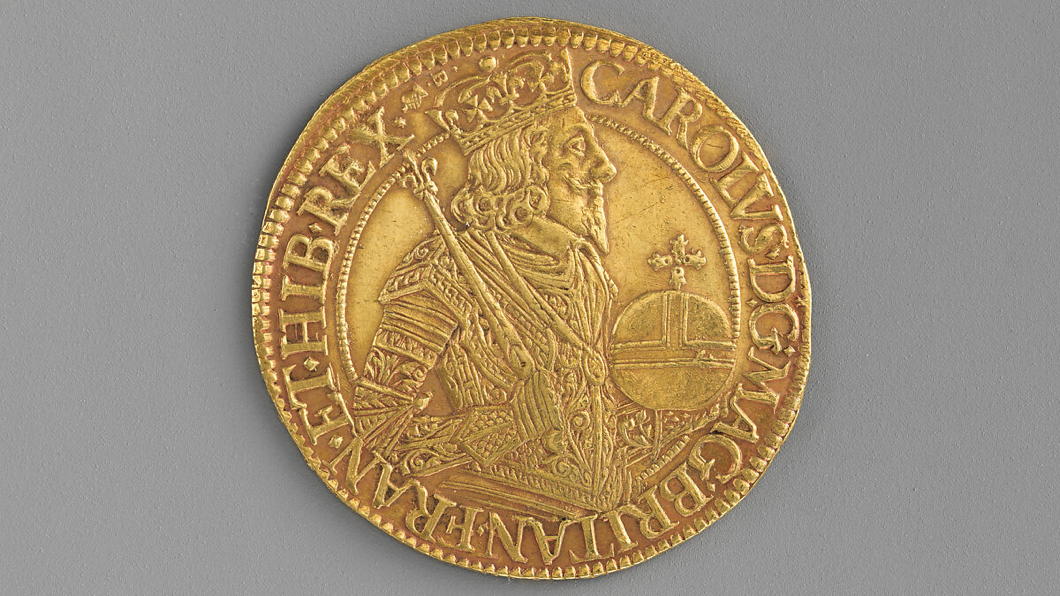
■ This week Elijah Granet of the Legal Style Blog shared this numismatic gem. It makes one realise quite how dull our coin designs are these days. I don’t see why we shouldn’t have an updated version of this for our currently reigning Charles.
■ Meanwhile Chris Akers of Investors Chronicle and the Financial Times has gone on retreat to Scotland’s ancient abbey of Pluscarden and written up the experience for the FT. As he settled into the monastic rhythm, Chris found he was unwinding more than he ever has on any tropical beach.
Pluscarden is Britain’s only monastic community now in its original abbey, the building having been preserved — albeit greatly damaged until it was restarted in 1948. The older Buckfast is also on its original site but was entirely razed by 1800 or so and rebuilt from the 1900s onwards. (Pluscarden also has an excellent monastic shop.)
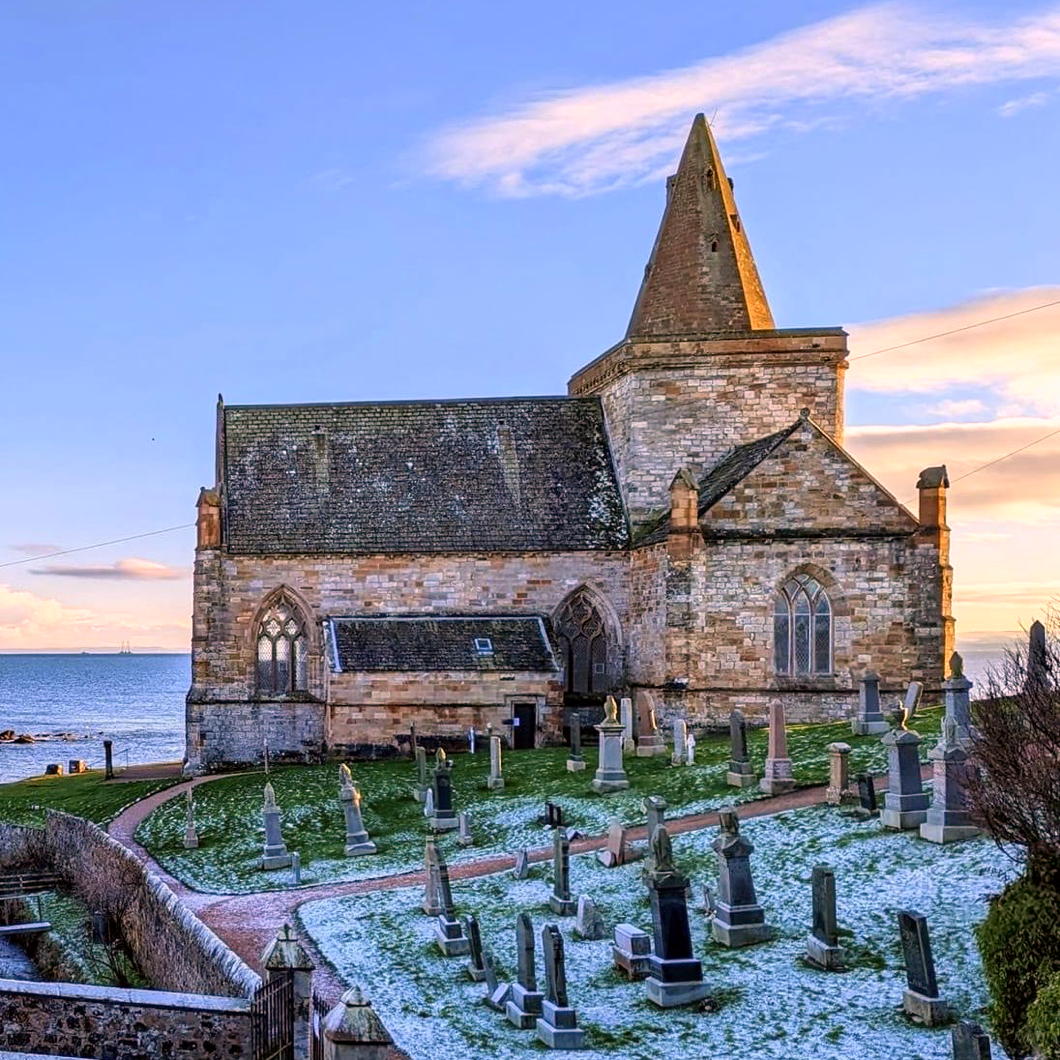
■ An entirely different and more disappointing form of retreat in Scottish religion is the (Presbyterian) state kirk’s decision to withdraw from tons of their smaller churches. St Monans is one of the mediæval gems of Fife, overlooking the harbour of the eponymous saint’s village since the fourteenth century, and built on the site of an earlier place of worship.
Cllr Sean Dillon pointed out the East Neuk is to lose six churches — some of which have been in the Kirk’s hands since they were confiscated at the Reformation, including St Monans.
John Lloyd, also of the FT, reported on this last summer and spoke to my old church history tutor, the Rev Dr Ian C. Bradley. More on the closures in the Courier and Fife Today.
What a dream it would be for a charitable trust to buy St Monans and to restore it to its appearance circa 1500 or so, available as a place of worship and as a living demonstration of Scotland’s rich and polychromatic culture that was so tragically destroyed in the sixteenth century. You could open with a Carver Mass conducted by Sir James MacMillan.
■ And finally, on the last day of MMXXIII, the architect Conor Lynch reports in from Connemara with this scene of idyllic bliss:
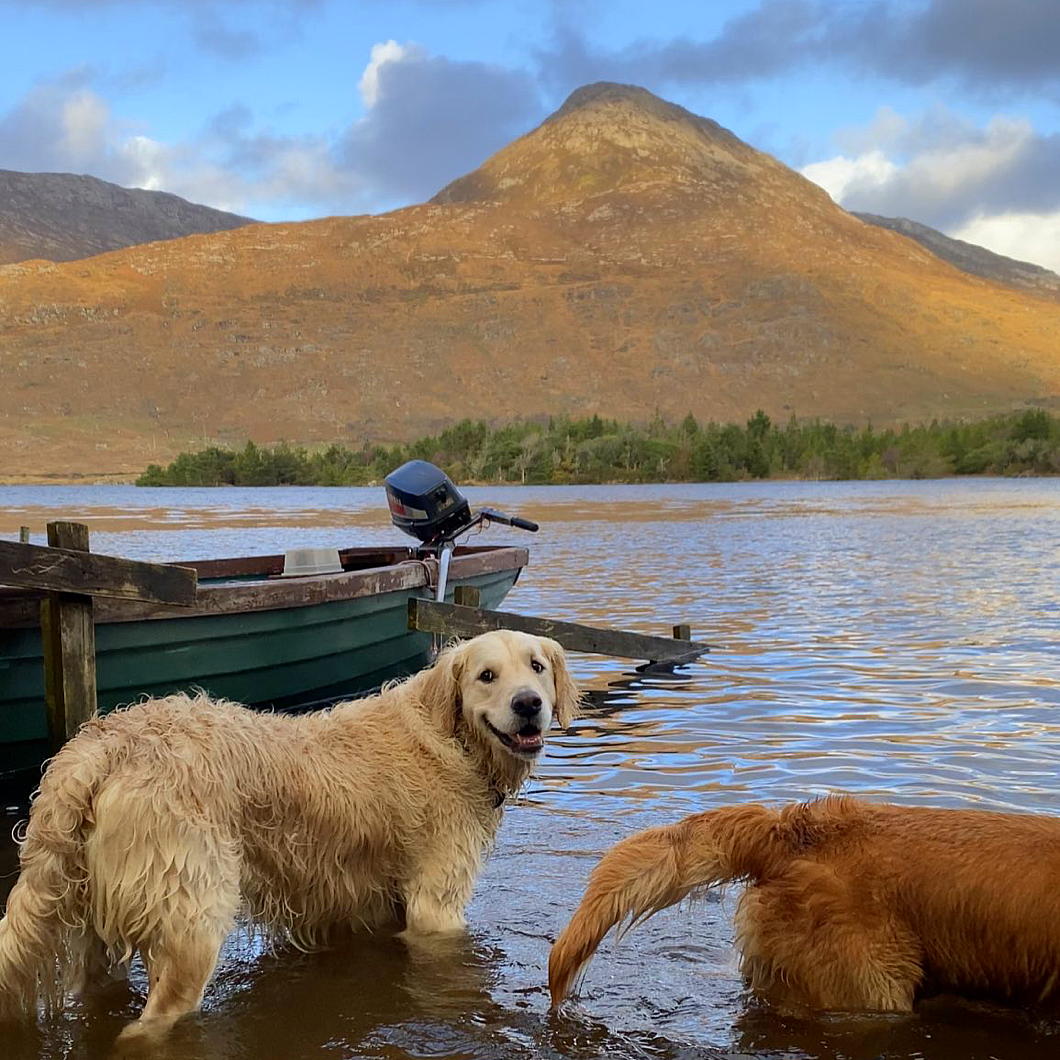
Old Church, Paarl
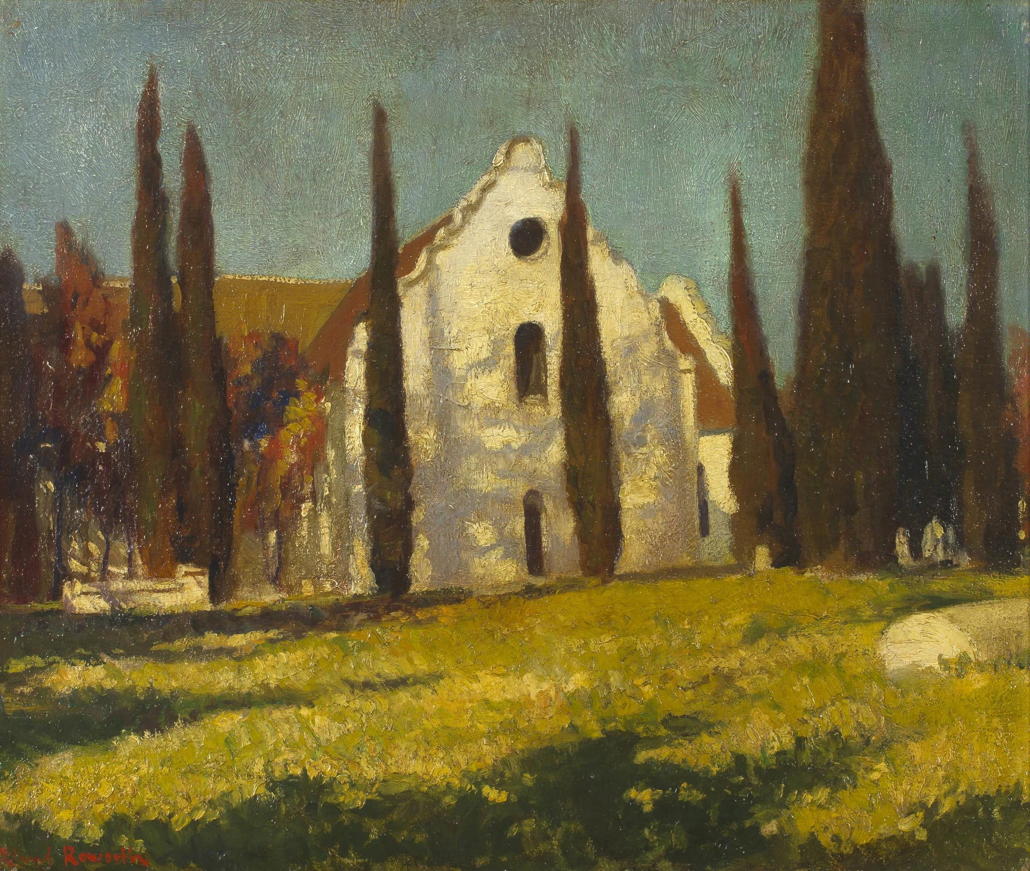
The church in die Paarl is the third-oldest NGK congregation in South Africa, after the Groote Kerk in Cape Town and the Moederkerk in Stellenbosch. It is often known as the Strooidakkerk (straw-roof church) for obvious reasons.
This part of the Drakenstein was first settled by Huguenots, where the dominee Pierre Simond preached in French from the foundation of the church in 1691 until he returned to Europe in 1702.
Search
Instagram: @andcusack
Click here for my Instagram photos.Most Recent Posts
- Burns Tower April 19, 2024
- Patrick in Parliament March 18, 2024
- Articles of Note: 13 March 2024 March 13, 2024
- Cambridge March 9, 2024
- Taken on Trust March 4, 2024
Most Recent Comments
Book Wishlist
Monthly Archives
Categories

